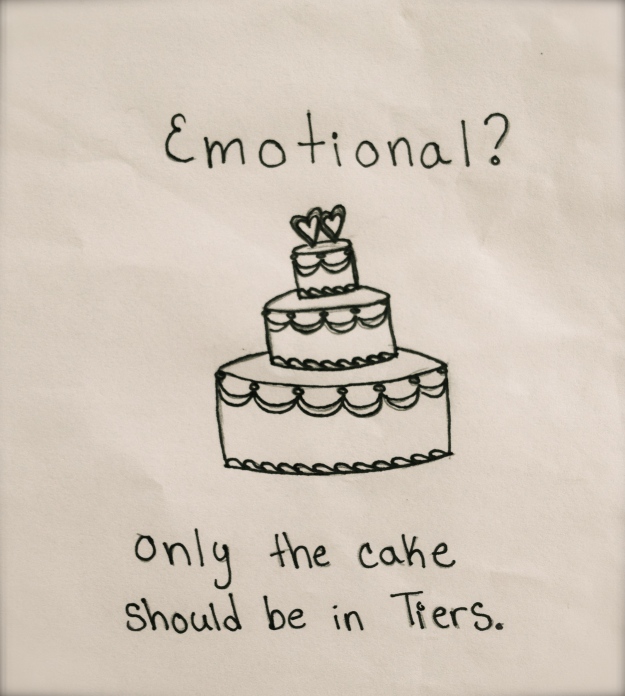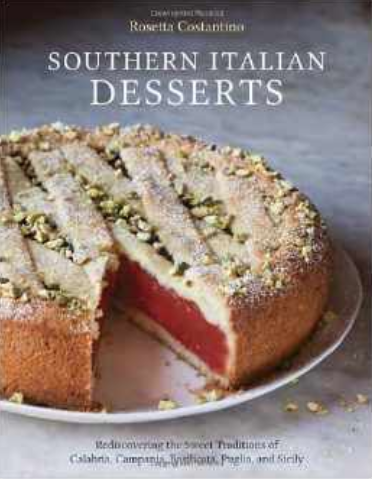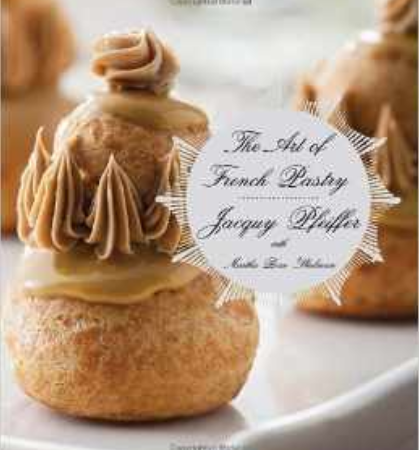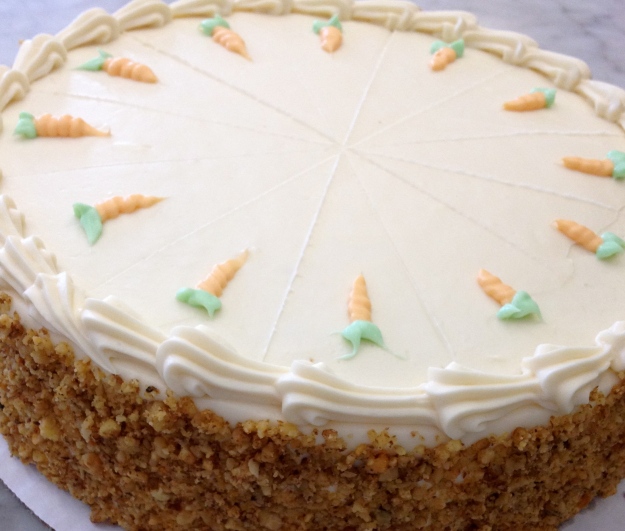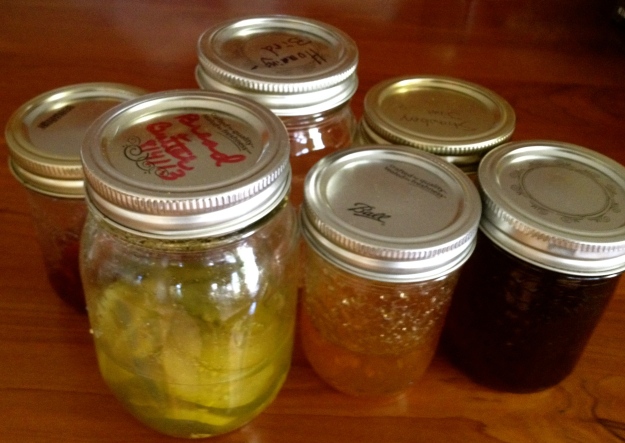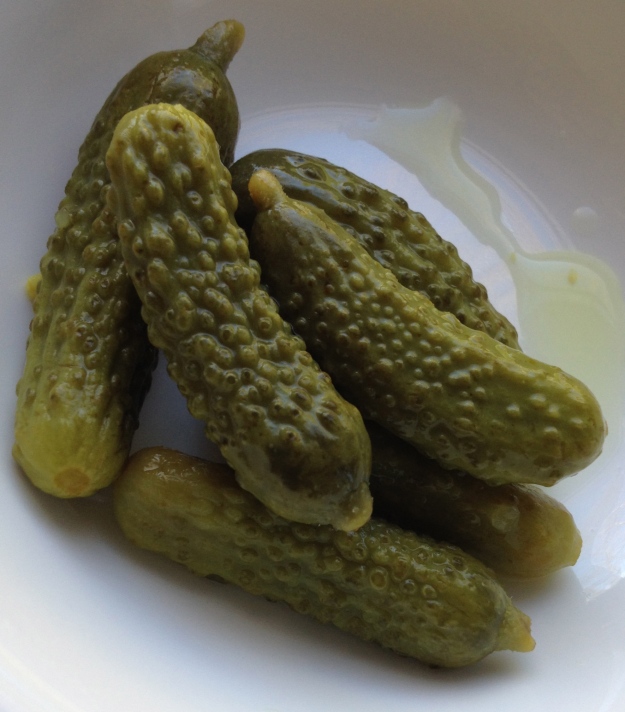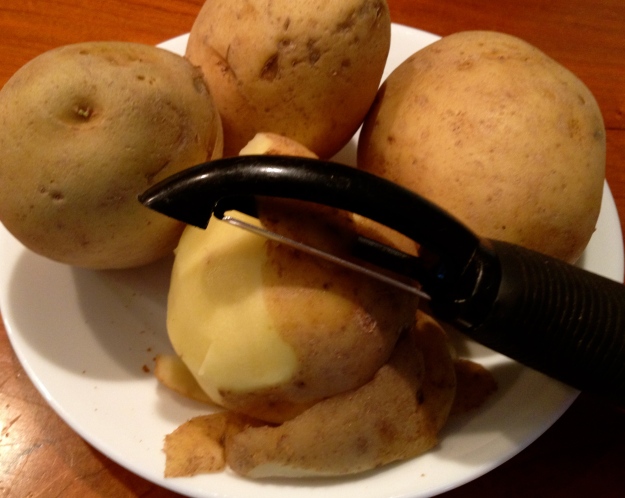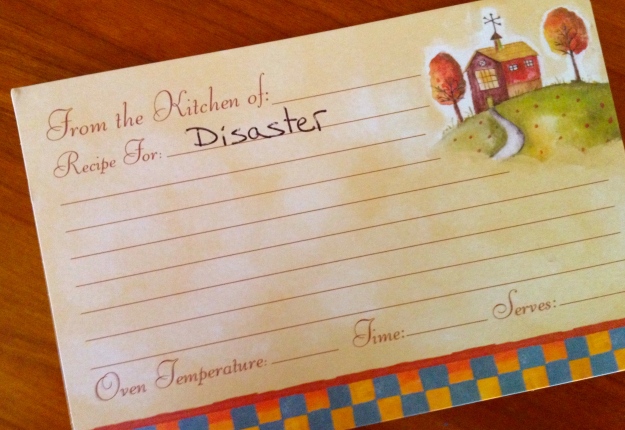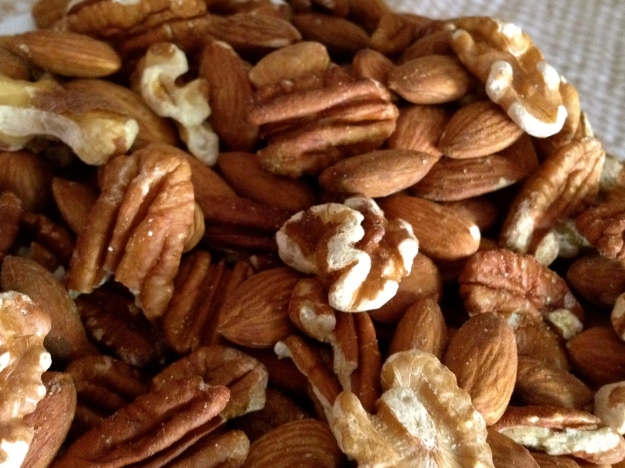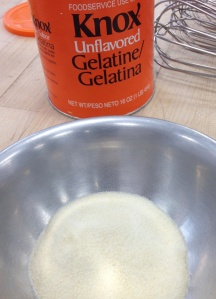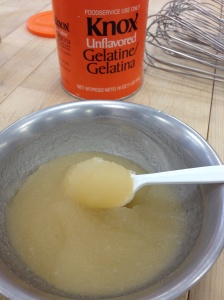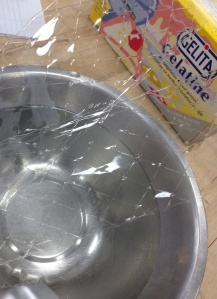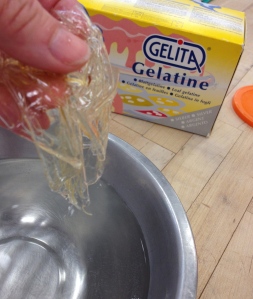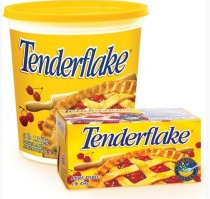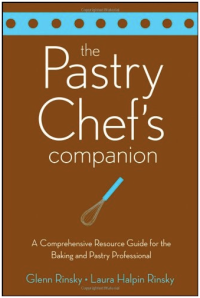-

What eggs say….by JWU student Rebecca Ramey
For bakers, these are the four major food groups: flour, sugar, fat and eggs. The previous baking science blog posts have already given fun facts about flour, sugar and fat, so now it’s time for eggs!
Egg shell color, does it really matter? Marketing today tells us that brown eggs are healthier than white eggs, and therefore the consumer is charged more. Is that really necessary? No. White or brown, the contents are the same, and the nutrition value is the same. The color of the shell depends on the breed of the chicken.

Brown eggs vs. white eggs
Egg parts: Shell, membranes, air cell, egg white (albumen), egg yolk, chalazae.
Fun facts: 1. The older the egg = the larger the air cell. When hard-boiling eggs, it is much easier to remove the shell from an older egg than from a very fresh egg. 2. The less prominent the chalazae (the twisted egg white cord that holds the yolk in place), the older the egg. 3. Worldwide, around 1.2 trillion eggs are produced for eating every year. The average person on Earth consumes 173 eggs a year. (www.britisheggweek.co.uk)
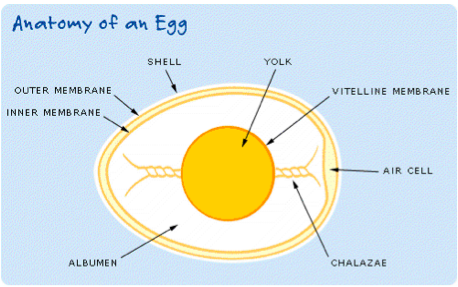
Egg composition: 76% water 12% protein 10% fat 2% sugar
Functions of eggs: structure, aeration, emulsification, flavor, color, nutritional value. Structure: adding more eggs to a product will give it a firmer texture. Example: fudge-style brownies have relatively low egg content. Cake-style brownies have a higher portion of eggs in the recipe.
Aeration: whipping egg yolks or whites within the MOP of a recipe will incorporate more air into your product. Some products are leavened solely with the whipping of eggs (example: chiffon cakes).
Emulsification: the lecithin in egg yolks allows fat molecules and water molecules to combine more readily.
Flavor: eggs enrich the flavor of products, giving them a more complete flavor profile.
Color: egg yolks give an eye-appealing rich color to baked goods. Also, the additional protein in eggs aid in the browning of the crust of breads, rolls or cookies.
Nutritional value: eggs are jam-packed with protein, minerals and nutrients for their relatively small size.
How do we use eggs? fried eggs, omelets, quiche, custards, meringues, soufflés, cakes, breads, cookies, muffins…..they are everywhere!
 Fried eggs: note the difference in the size of the yolks. These were all graded as “large.”
Fried eggs: note the difference in the size of the yolks. These were all graded as “large.”

Over-whipped meringue: feels like styrofoam.
 Perfectly whipped soft-peak meringue.
Perfectly whipped soft-peak meringue.
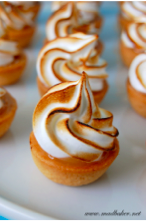
Meringue topped tartlets

Egg custard
Check out these sites: The American Egg Board www.aeb.org The Canadian Egg Council www.eggs.ca
For a more in-depth look at eggs or just about any ingredient, explore the contents of this great book by Harold McGee.
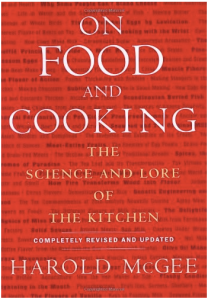
On Food and Cooking, The Science and Lore of the Kitchen, by Harold McGee
“Love and eggs are best when fresh.” Russian proverb
